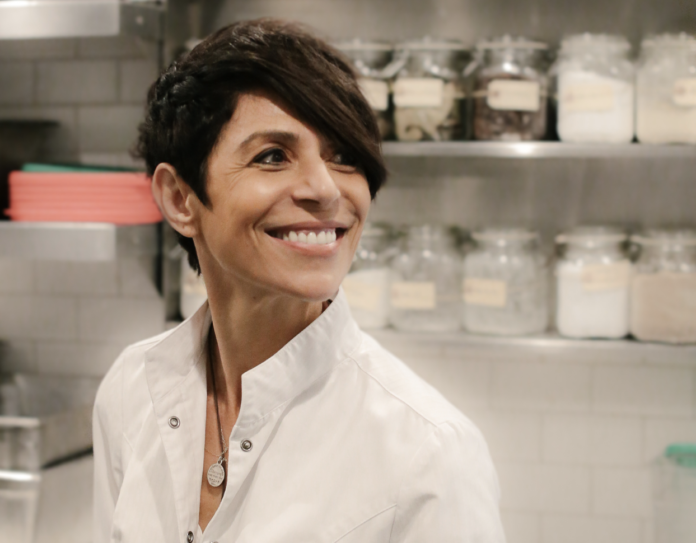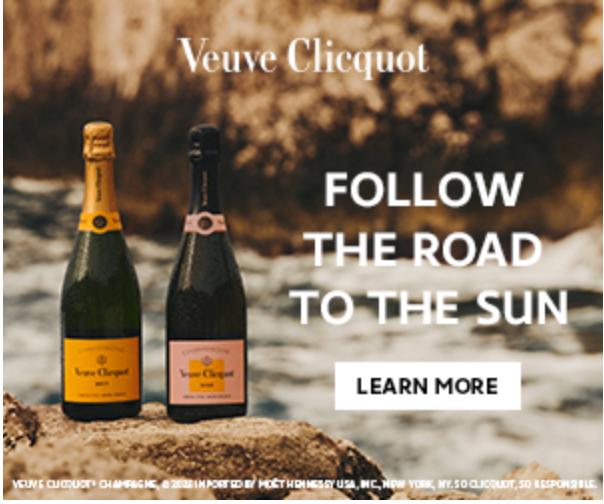Dominique Crenn, the Chef Behind movie “The Menu” on a global foodie adventure.
Chef Dominique Crenn, the first and only female chef in North America with three Michelin stars, helped the filmmakers of the horror movie “The Menu” bring to life the perfect menu for the main event which has been described as a real 9-courses culinary and artist masterpiece.
And now there is an opportunity for an intimate group of guests to meet, dine and discover with Dominique in person in France

Enjoy Dominique Crenn for 5 days in France for a Hosted Experience with Satopia Travel
As the chief technical consultant for The Menu film, Dominique Crenn was responsible for advising on all aspects of food preparation and presentation to bring to life the concepts of the menu based on Seth Reiss and Will Tracy’s screenplay.
Crenn is known for her creative approach to cooking
She has been working closely with Mark Mylod, the director and producers to ensure that the film accurately portrays the culinary world.
Her menu is inspired by her travels and experiences around the world
Crenn is known for her creative approach to cooking, and her menu is often inspired by her travels and experiences around the world. Dishes that Dominique Crenn designed as a consultant are presented with the slow-motion pomp and string accompaniment of a “Chef’s Table” episode. Indeed, the food-worshiping Netflix series, which featured Crenn in season two, was an inspiration for “The Menu”.
There is an incredible opportunity for an intimate group of like-minded travelers
There is an incredible opportunity for an intimate group of like-minded travelers to meet chef, icon and activist Dominique Crenn.
In collaboration with Satopia Travel, Crenn conjures up five magical days and evenings where creativity and nature converge. Our most inspired Hosted Experience is a wonder to behold for our guests. Combining the magnificent culinary delights of triple Michelin star chef Dominique Crenn with the stunning backdrop of an ancient French chateau is certain to ignite your palette and spirit.
Dominique Crenn brings her soul to the feast
Dominique Crenn brings her soul to the feast, transforming ingredients through the poetry of gastronomy. Those fortunate to share her table and her stories will discover a world of passion and gratitude for food, community and life. You’ll create and share unforgettable memories.
Ancient olive groves, crisp French linen, the vintages of Cognac and the sound of boisterous laughter under a starlit sky. Step into a magical world of natural beauty, wonder and awe.
Booking is now open. Book before the 1st of January to take advantage of the holiday rates before prices increase.
About Satopia Travel
Satopia Travel (www.satopiatravel.com) specializes in unique experiences, led by world-class hosts. Providing guests with unprecedented access to some of the most extraordinary people on the planet, Satopia hosts world-class leaders who champion the potential for the future of humanity, creating meaningful connections through shared experiences. Every hosted experience has an element of giving back, either to a local community, social or environmental cause close to their heart.
Website http://satopiatravel.com
Instagram www.instagram.com/satopiatravel



